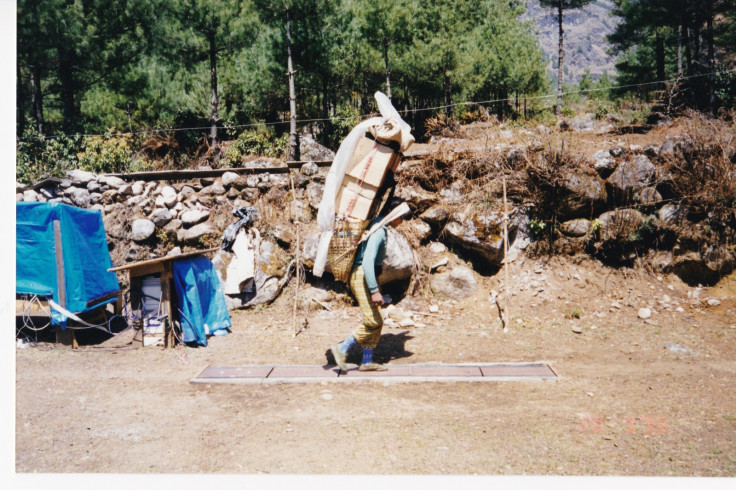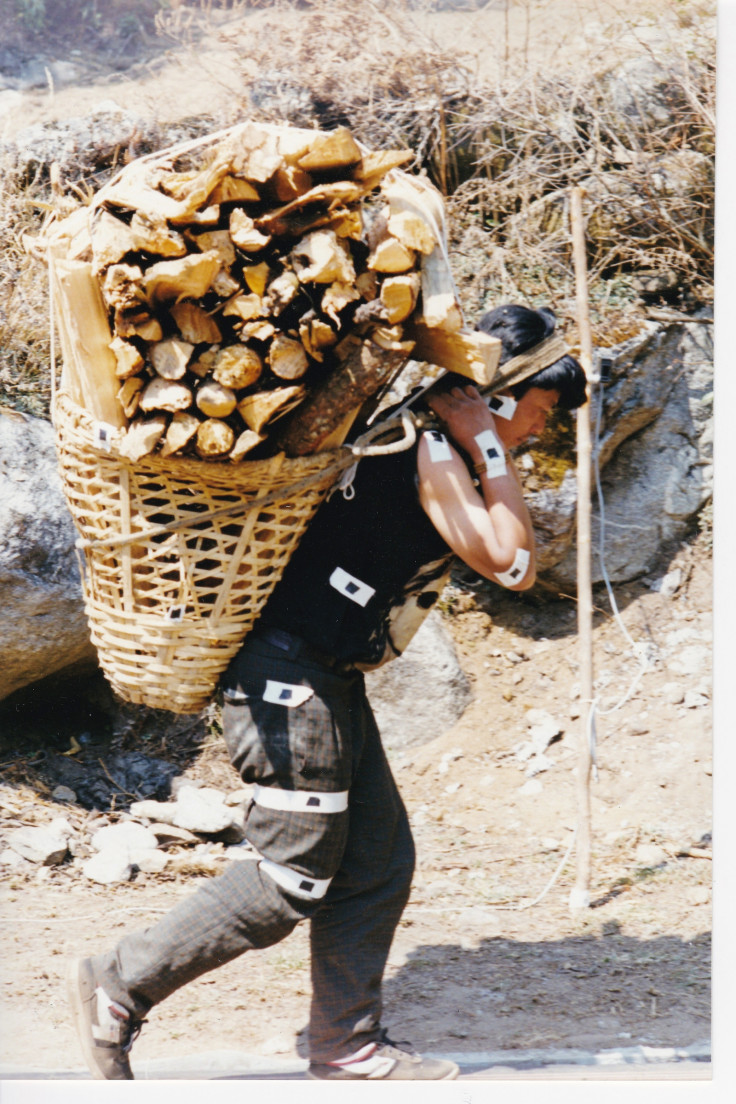How Nepalese porters manage to carry loads that weigh more than them
Porters prefer to pause and take short breaks when they are tired of carrying their loads.
In some of the world's most remote regions, where routes are unfeasible for vehicles, heavy loads must be carried by porters.
This is the case in the Everest Valley of Nepal, where scientists have been puzzled about how porters manage to carry head-supported loads which often exceed their body mass. A new research suggests they do so 'the hard way' – through pure exertion.
Researcher Norman Heglund, from the Université catholique de Louvain (Belgium) investigates techniques used by people to carry heavy burdens for lengthy periods. In the past, he studied the techniques employed by women in Kenya as they carry water on their heads.
He had discovered they succeed to do so by transfering their weight from one foot to the other extremely effectively. They are indeed able to conserve energy and carry 20% of their weight without making any special effort.
The scientist wanted to determine whether Nepalese porters used similar tricks. With his team, he conducted a study, published in the Journal of Experimental Biology, which showed that – unlike the African women – Nepalese porters do not resort to any energy-conserving mechanisms to reduce the burden of carrying heavy loads.
No mechanism to conserve energy

The researchers measured the mechanical work done by Nepalese porters while carrying different loads at different speeds, and comparing them with the gait mechanics of controls – a group of African women, along with Westerners.
The porters carried loads ranging from 0 to 154% of their weight in baskets suspended from straps across their foreheads. To calculate the amount of mechanical work the porters performed as they walked, the scientists filmed their movements. The footage was analysed in order to assess the mechanical work done by each limb and the energy transferred between steps.

Surprisingly, the porters didn't seem to use energy-saving mechanisms like the women studied in Kenya. To put up with their load, they preferred to stop in order to rest regularly. Indeed, they moved at a slow speed 3-4 km/h, sometimes walking for 15 seconds before pausing for 45 seconds.
"Even though the Nepalese porters and Kenyan Kikuyu women use a similar type of head-supported load carriage, using a strap looped over the forehead that supports the load, the similarities seem to stop there", the scientists write.
The researchers say it might not be so surprising that the Nepalese porters are unable to exploit the same energy-saving mechanisms as the African women.
Indeed, the terrain on which they walk is very different – Nepalese porters typically walk on very hilly terrain where there are hardly ever two steps taken at the same level. This means they are not able transfer their weight from one foot to the other as effectively as the women.
"The strategy of short intense exercise periods followed by frequent rest periods allows them to work at a high intensity level, spread out over many hours each day," the scientists conclude.
© Copyright IBTimes 2025. All rights reserved.






















